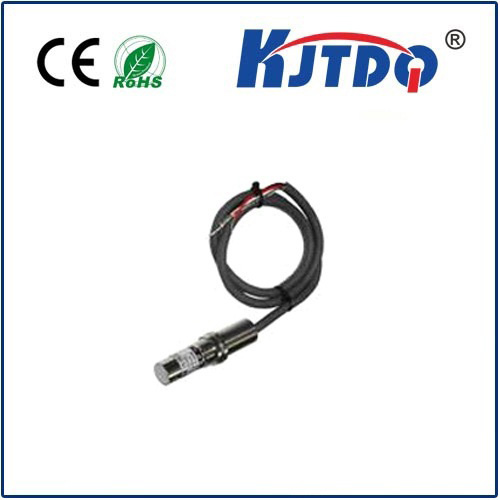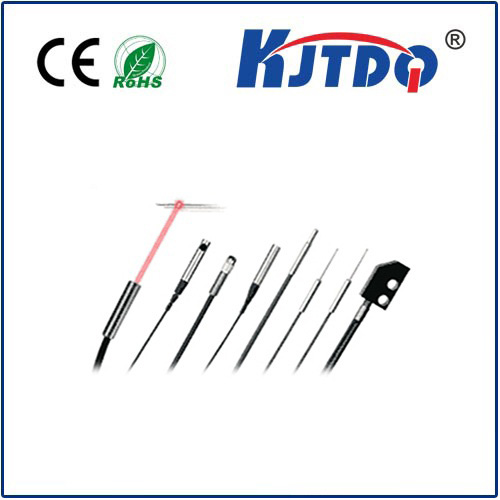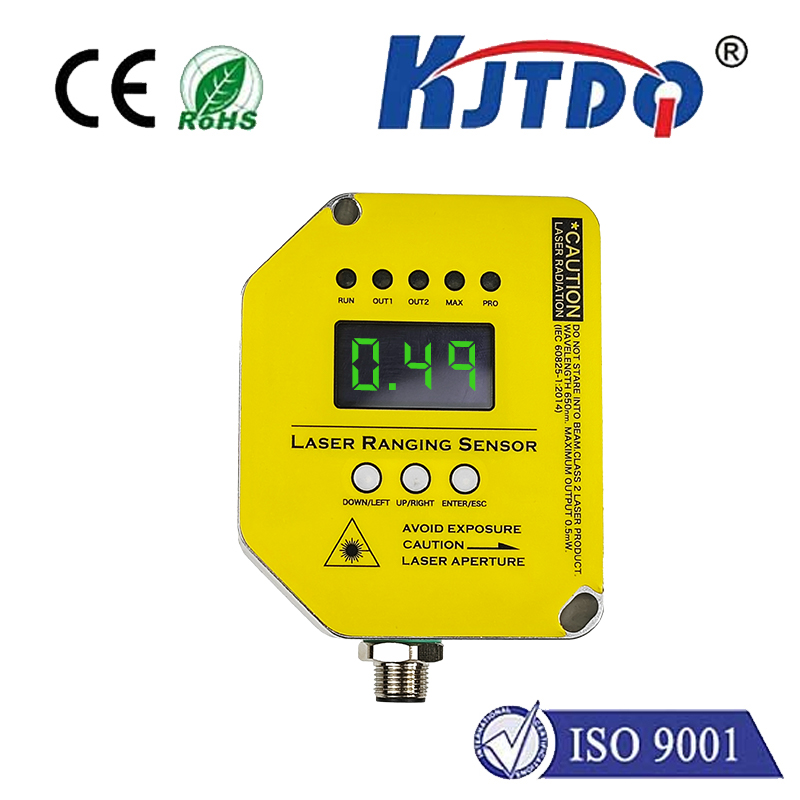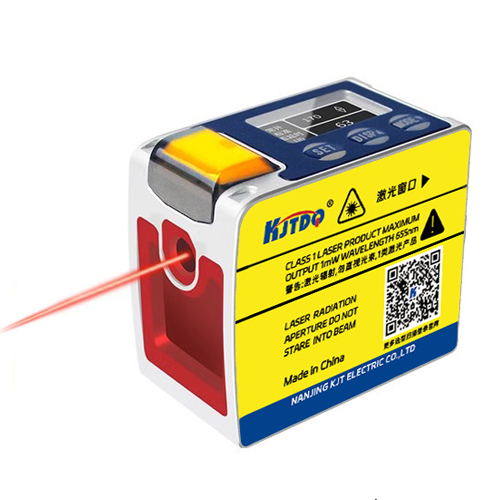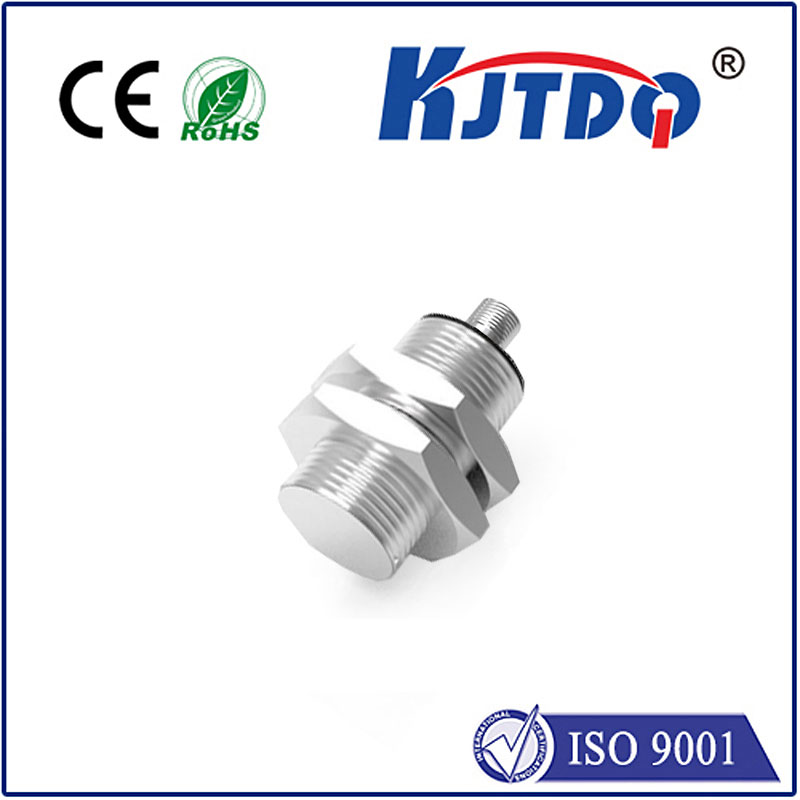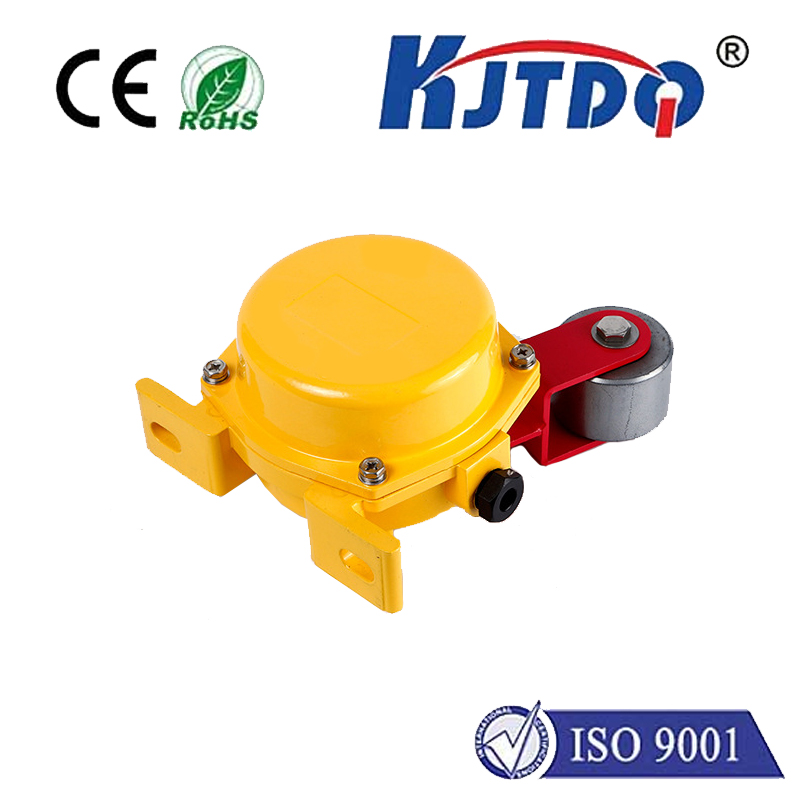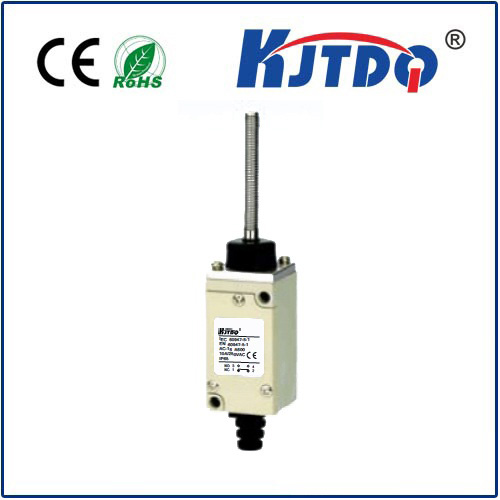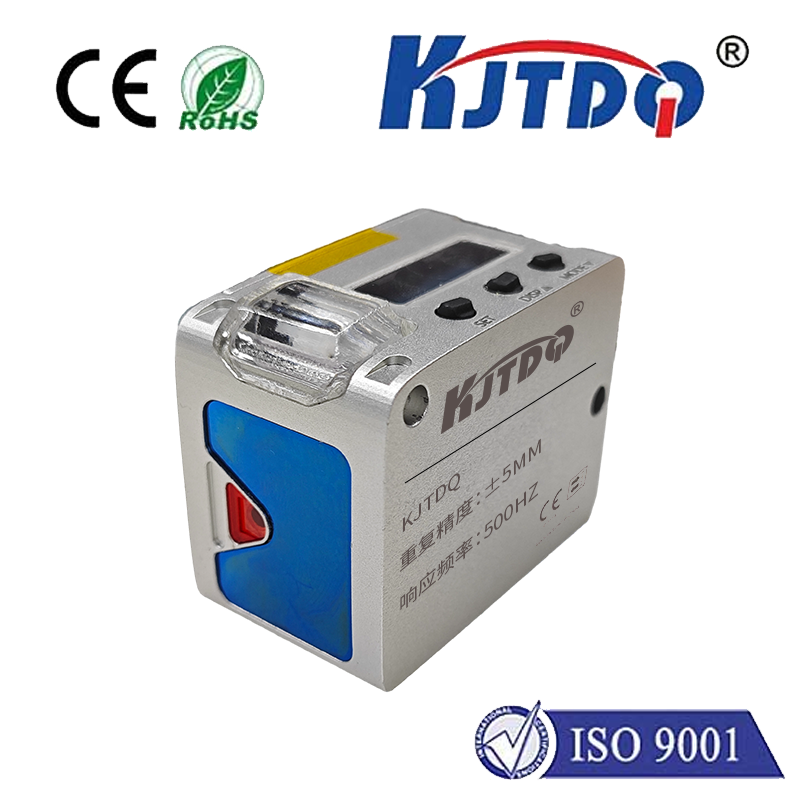harga proximity sensor
- time:2025-06-19 02:11:30
- Click:0
Harga Proximity Sensor: Unlocking the True Cost Factors for Your Application
Choosing the right proximity sensor involves far more than just looking up the immediate price tag. While harga proximity sensor – sensor price – is undeniably a crucial factor in any purchasing decision, understanding why sensors cost what they do, and what value they deliver for that price, is essential for making a smart, cost-effective choice. This article delves into the key elements influencing proximity sensor pricing and how to navigate them to find the best solution for your specific needs.
It’s a common frustration: You find an essential component online, only to discover wildly varying prices for seemingly identical items. Proximity sensors are no exception. The variance in harga proximity sensor isn’t arbitrary; it reflects significant differences in technology, capability, build quality, and application suitability. Dismissing these differences based solely on the lowest listed cost can lead to system failures, downtime, and ultimately, higher long-term expenses. Investing time to understand the value proposition behind the price ensures optimal performance and reliability in your automation, machinery, or electronics.
The Core Technology Dictates Cost

The fundamental sensing technology is the primary driver of proximity sensor price:
- Inductive Sensors: Highly popular for detecting metal objects without physical contact. Prices vary considerably:
- Standard Shielding and Sensing Range: More affordable options, suitable for general industrial automation tasks.
- Factors Increasing Price: Longer sensing ranges, all-stainless steel housings for harsh environments, resistance to specific chemicals/welding fields, specialized form factors (ultra-thin, rectangular), analog outputs (0-10V, 4-20mA), or advanced diagnostics (IO-Link).
- Capacitive Sensors: Detect a wider range of materials, including liquids, powders, plastics, and wood, through changes in capacitance.
- Affordability: Basic models for presence detection are relatively low-cost.
- Factors Increasing Price: Increased sensitivity adjustment capability, ability to detect materials through non-metallic barriers (like container walls), longer ranges, special materials, and hygienic designs for food/pharma.
- Ultrasonic Sensors: Use sound waves to detect objects and measure distance, effective regardless of material, color, or surface properties.
- Entry Level: Basic models start affordably.
- Factors Increasing Price: Longer and more precise measurement ranges, robust environmental sealing (IP67/IP69K), resistance to acoustic interference (noise immunity), advanced background suppression, temperature compensation, and complex analog or serial outputs.
- Photoelectric Sensors (including through-beam, retro-reflective, diffuse): Utilize light beams (visible or infrared). While technically distinct from proximity sensors (often relying on reflection), they serve similar object detection roles.
- Price Range: Wide spectrum.
- Affordability: Simple diffuse sensors can be very economical.
- Factors Increasing Price: Long-range detection (especially laser types), high precision, specialized light sources (fiber optic variants), resistance to ambient light interference, background suppression capabilities, and communication features.
Key Specifications Impacting Proximity Sensor Price
Beyond the core technology, several specifications significantly influence harga proximity sensor:
- Sensing Range: Longer sensing ranges inherently require more sophisticated electronics and robust design to maintain reliability, pushing the price higher.
- Housing Material and Build Quality: Basic ABS plastic is inexpensive. Stainless steel (particularly V4A/AISI 316L) or brass housings offer superior corrosion resistance and durability for demanding environments but come at a premium. Ingress Protection (IP Rating) like IP67 (dust tight and water immersion resistant) or IP69K (high-pressure/steam cleaning) also adds cost.
- Electrical Characteristics: Output type matters:
- Standard DC 3-wire PNP or NPN outputs are common and generally budget-friendly.
- Analog outputs (for distance measurement/proportion), NAMUR outputs (for hazardous areas), or IO-Link communication (enabling advanced diagnostics, parameter setting, and process data exchange) significantly increase the sensor’s capabilities and price.
- Performance Features:
- Switching Frequency: Sensors capable of reliably detecting very fast-moving objects (high switching frequencies) cost more.
- Repeatability: Tighter tolerances on switch point repeatability require higher precision manufacturing.
- Temperature Range: Sensors rated for extreme temperatures (-40°C to +100°C+) or wide fluctuations need specialized components.
- Certifications and Special Requirements: Compliance with specific industry standards (e.g., ATEX/IECEx for explosive atmospheres, FDA/USP Class VI for food/pharma, E1 for automotive, marine certifications) involves rigorous testing and materials, substantially raising the proximity sensor price.
- Brand Reputation and Support: Established global brands often command a higher harga proximity sensor based on proven reliability, extensive R&D, global availability, and strong technical support. However, reputable regional or specialized brands may offer excellent value.
Navigating Proximity Sensor Costs Strategically
Simply searching for the lowest harga proximity sensor listed online is rarely the best strategy. Here’s how to approach cost effectively:
- Define Your Application Precisely: What material are you detecting? What’s the required sensing distance? What are the environmental conditions (temperature, chemicals, washdown, vibration)? What type of output do you need? Precise needs prevent over- or under-specifying.
- Prioritize Value Over Just Price: Consider the Total Cost of Ownership (TCO). A slightly higher initial proximity sensor price from a reliable brand with a longer lifespan and lower failure rate saves money on downtime, replacements, and labor over time.
- Understand the Criticality: Is the sensor part of a critical safety system, high-speed production line, or a non-critical indicator? Higher criticality justifies investing in higher reliability and performance, even at a higher harga proximity sensor. For non-critical uses, a cost-effective standard model might suffice.
- Consider Volume: For large projects, explore quantity discounts. Distributors and manufacturers often offer tiered pricing. Be upfront about your volume needs.
- Source from Reputable Suppliers: Work with authorized distributors known for genuine products and good technical support. Avoid gray market sellers where counterfeit or sub-par sensors are a real risk. While their up-front proximity sensor price might seem tempting, the hidden costs can be severe.
- Leverage Online Resources (Cautiously): Price comparison platforms and distributor websites are valuable for initial research on harga proximity sensor. Always validate specifications carefully and cross-reference with manufacturer datasheets. Don’t assume equivalent models across brands.
Conclusion: Making an Informed Investment
The quest for the best harga proximity sensor concludes not with the cheapest option, but with the sensor that delivers the most reliable performance and best value for your specific application. By thoroughly understanding the factors that drive proximity sensor price – core technology, key specifications, quality, and certifications – you move beyond simple price tags. Investing time upfront to define requirements and evaluate the true value proposition of different sensors leads to smarter purchasing decisions. This approach minimizes downtime, extends system life, and optimizes your overall operational budget, ensuring your proximity sensor investment pays dividends in efficiency and reliability long after the initial purchase.












